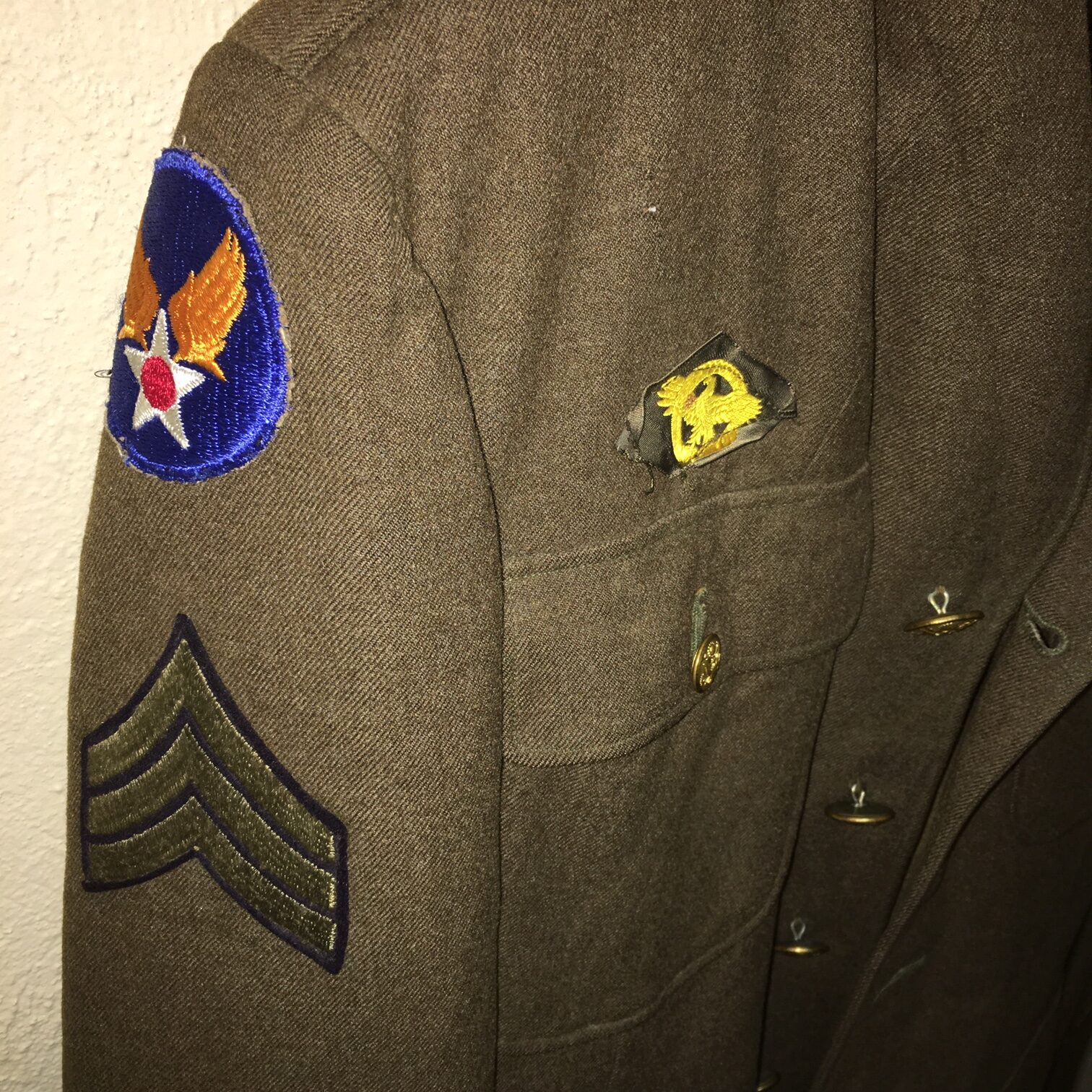

Patton's Bull Terrier, Willie Chips, one of the dogs who gained fame in World War II and war dog Pal. Other war dog displays include information about specific dogs, including:

A Quartermaster Corps issued 22-inch choke collar with "U.S.Quartermaster Corps issued leather dog leash and collar According to the museum sign, "though thirty-eight WASPS died as a result of their service, they did not win veteran status until 1977".Īlso on the lower floor is an interesting exhibit about American war dogs and includes the following artifacts from World War II: The WASPS logged sixty million miles, testing and ferrying aircraft, and towing targets. 30 caliber machine gun,Ī small kiosk downstairs contains information about the Women's Air Force Service Pilots (WASPs) and the mascot on their patch, which was a feisty female cartoon character named Fifinsella. Also on display is a WWII American M1917A1. When the battleship was rebuilt, the masts were removed as obsolete, because sighting and ranging of the main guns (main purpose of the masts) was now accomplished with radar, as opposed to a look-out at the top of the mast.ĭownstairs exhibits include a Saluting Howitzer, (modified American M1A1/M116 Pack Howitzer), a Japanese type 97 81mm mortar, and a Russian M1910 7.62mm machine gun captured in Korea by the 14th Infantry Division. Wire-cage masts were designed to withstand a direct hit by an enemy shell without collapsing the entire mast. The ship's two distinctive wire-cage masts are present in the painting, which were removed when the battleship underwent major reconstruction after being sunk at Pearl Harbor by the Japanese. The timeframe of this painting is prior December 7, 1941. These units would have been transported by truck and set up in tents to prepare meals for the troops in the field.Ī painting of the battleship USS California hangs over the stairs and can be seen when you descend to the lower floor.

Jikatabi (Tabi) split toe shoes, a combat phone, and a Nambu pistol. The weapon displays include rifles, handguns, bayonets, and swords, which are mainly American, with a few Japanese items included. On the first floor, exhibits include a variety of items including uniforms and weapons. We visited the he California State Military Museum in December of 2012, and although not a large museum, it does have some unique exhibits and photos related to World War II and also houses a research library.


 0 kommentar(er)
0 kommentar(er)
